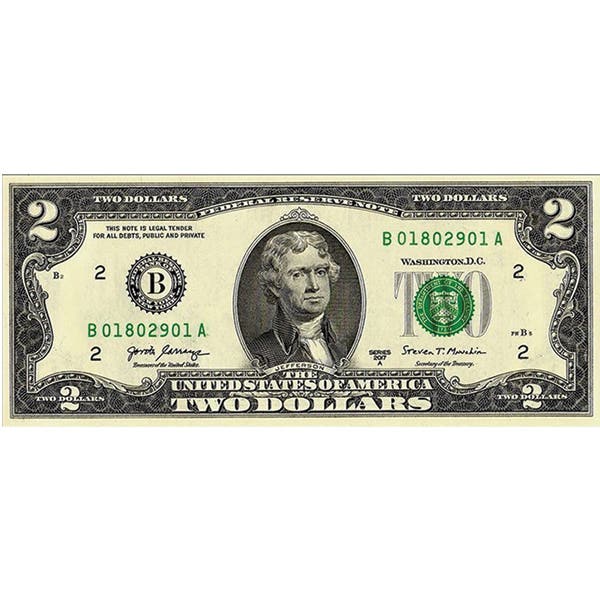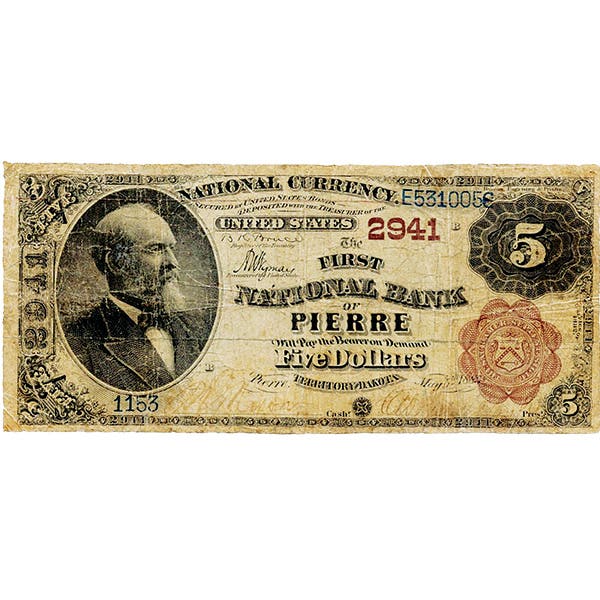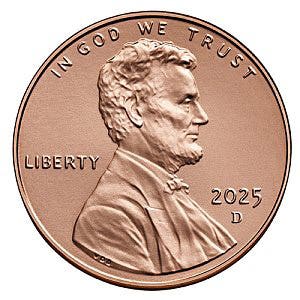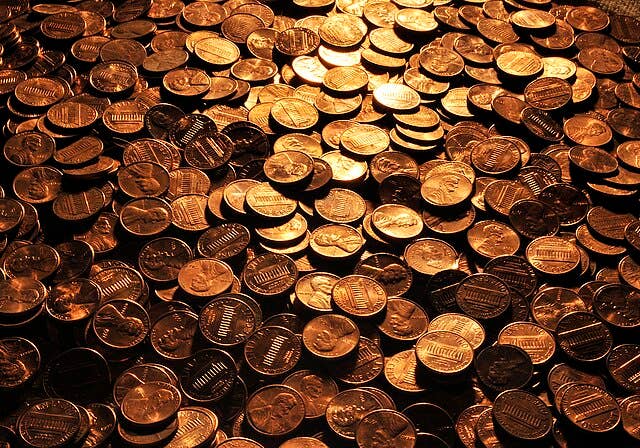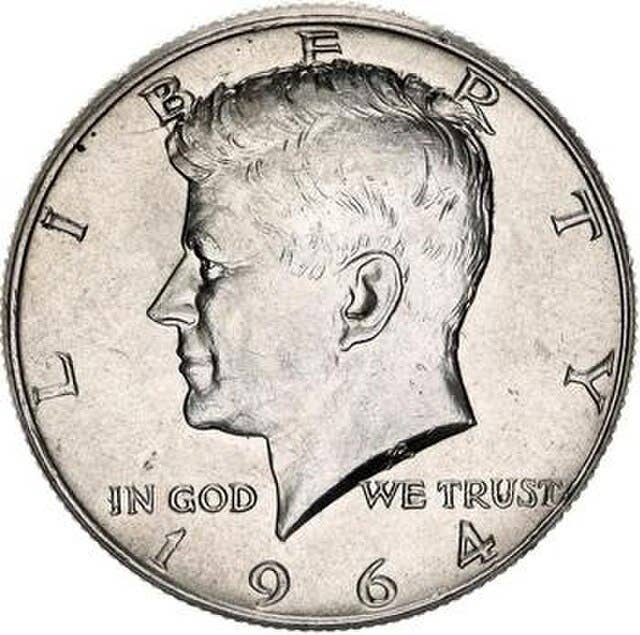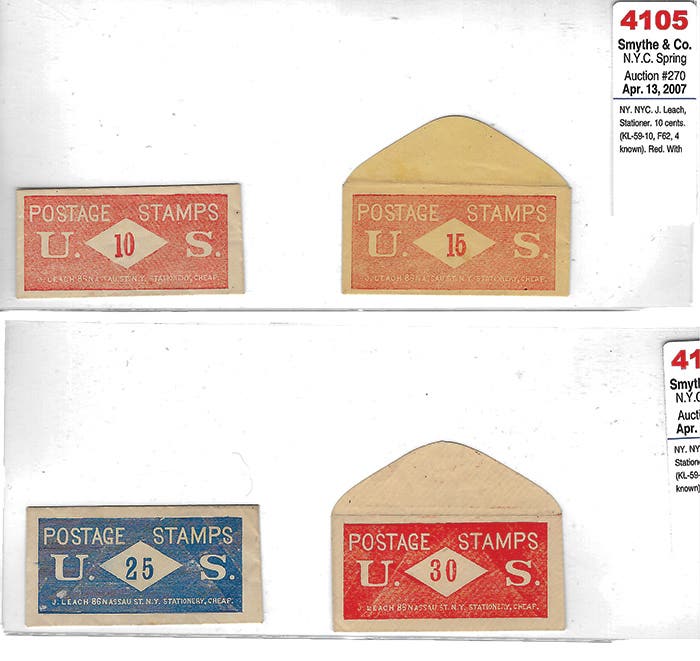Market makes AU coins uncirculated
Uncirculated or About Uncirculated? Next to authenticity, that may be one of the most important things to consider when buying a coin. As prices rise and collectors seek perfection it…
Uncirculated or About Uncirculated? Next to authenticity, that may be one of the most important things to consider when buying a coin. As prices rise and collectors seek perfection it will become even more important. This topic is discussed in grading seminars and has been written about by many numismatists in the past. The first article dealing with this subject that I can remember reading was titled “AU” “BU.” It has been well over 40 years, so please accept that I think the author was Jim Johnson and it was either published in “The Numismatist” magazine or “The Numismatic Scrapbook.” Several numismatists have discussed the AU/BU “line” since then, Bill Fivaz is the first that comes to mind.
Decades ago, a coin graded uncirculated showed no trace of wear. It was a tough standard to follow. The word “uncirculated” itself could be ambiguous as it was not really relevant whether the coin actually circulated or not as long as it remained in the same state of preservation as when it was struck.
When I started my professional career, it was the standard we adhered to. We kept that standard to develop the “Technical Grading System” used at the first third-party-grading service (TPGS) at the International Numismatic Society’s Authentication Bureau. It was a simple task. If a coin had full mint luster on its surfaces, it was uncirculated. In hindsight, “Full Mint State” or “Mint State” are much better terms, but long used terms are hard to change. In the grading room, we used 5X-7X powers of magnification from a stereo-microscope (two eyes plus depth-of-field) illuminated with florescent light to make our determinations. With this system, it was very easy to view the coin’s surface and determine its condition because any loss of luster due to “roll rub” or “stacking pressure” looked different from the wear due to mishandling or circulation. Additionally, the loss of design details due to circulation looks different on the coin’s surface than any details lost as a result of worn dies or weak strike. Now, I’ll write for what seems like the millionth time: the easiest way to detect friction wear on coins is using florescent light.
Those formerly strict standards for a coin to be considered uncirculated are no longer followed. The grading services that sprang up in the mid-1980s contributed to this change. Today, many coins graded Mint State exhibit friction wear (AU) while others do not. Some use the term “Gradeflation” to describe the looser standards for uncirculated coins that continues to this day. In fact, one popular grading guide reports that many coins formerly graded AU-58 are now considered Mint State. These “technically AU” coins are mixed in the marketplace with coins that actually are Mint State with full original luster providing an opportunity for savvy collectors to purchase true Mint State coins at the same price as “market acceptable” Mint State coins with just a little rub.
This is not a condemnation of the grading services or their standards. It is how coin grading and the coin market has evolved over time. Grading is subjective. As a collector, it is important to learn how to grade and to set your own personal standards for uncirculated coins. Most of us do it subconsciously after we learn what an original coin should look like and the difference between AU and MS. I’m sure you have heard the advice to “buy the coin and not the label.”
The quickest way to learn is to attend a coin grading seminar. Those offered by the American Numismatic Association are very good. Often ANA instructors and other qualified professionals give programs and seminars for coin clubs and small groups.
The next best approach is to attend coin shows and carefully examine untoned coins that are graded MS-65 and above by one of the four major grading services. You should only study the high grade coins to avoid becoming confused by About Uncirculated coins that are judged to be acceptable for a Mint State grade. Most of this occurs with gold coins as they are composed of a softer alloy. Do not concern yourself with marks at this point as they do not lower a coin’s grade from Mint State to AU. You can focus on them down the road. For now, be concerned with the appearance and color of original mint luster.
When you become familiar with a coin’s natural luster, seek out weakly struck coins graded MS-64. Most of these coins did not make the MS-65 grade due to strike weakness. Note that the “flat” areas (missing the design) of these coins is original yet the luster looks different. I call this “Weak Strike Luster.” Once you learn how it looks and see that the surface is original despite the missing design, you’ll be able to separate coins with design loss due to friction wear (AU) and those uncirculated coins that are weakly struck.
Now you are ready to examine untoned AU-55 to AU-58 graded coins. Toning hides friction wear and imperfections so avoid them for now. As you examine the high points of brilliant AU coins you will see they are dull, often microscopically hairlined, and there is a definite change of color from that of the surrounding surface. Figure 1 shows this change of color on the high points of the hair of a $3 Princess. The dull surface is where the original mint luster is worn away by friction. Bright, original luster can be seen in the recesses of the design. I’m not going to divulge the MS grade or which service assigned it to this piece because we are back to the subjective “market acceptable” part of the grading equation and each of you needs to develop a personal standard.
It is OK to be personally as ultra-conservative as I am with the AU/BU line as long as you understand and can apply real world commercial grading in your dealings. I like to drive this point home from personal experience. In my grading class at the Summer Seminar one year, a dealer told the students that his partner had not purchased a coin since taking my grading class the year before! I hope none of you do the same.
Finally, if possible, a knowledgeable dealer who is not busy can assist you to define the line between AU and BU while developing your grading skills. I’m sad to report that finding one with the credentials of an ANA instructor can be hard outside of a seminar. I should like to give the dozens of qualified graders I know credit by name here but space does not allow it.
This article was originally printed in Numismatic News. >> Subscribe today.
More Collecting Resources
• Keep up to date on prices for Canada, United States and Mexico coinage with the 2016 North American Coins & Prices guide.
• Subscribe to our monthly Coins magazine - a great resource for any collector!




